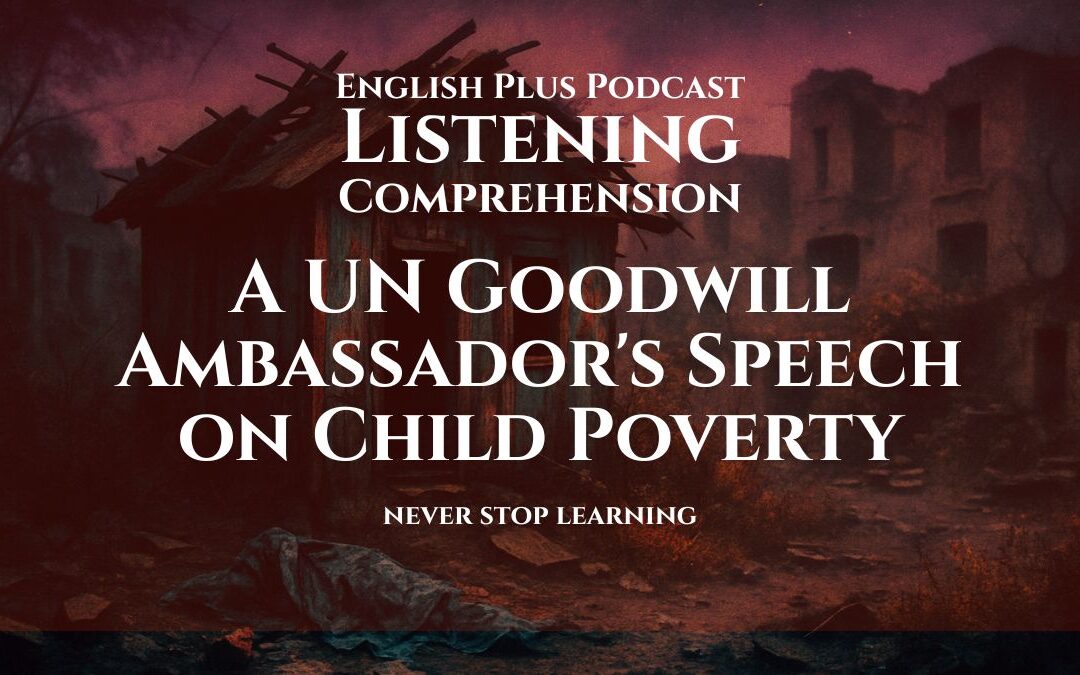Welcome to this guide on enhancing one of life’s most integral skills: communication. Imagine a world where misunderstandings are minimized, where conversations flow seamlessly, and connections are genuine. Communication is more than mere exchange of words; it’s about building real human connections. In this post, we’ll explore the four key elements of communication: Listening, Speaking, Writing, and Nonverbal cues. These aren’t just skills—they’re superpowers that can make your life smoother, more interesting, and definitely more engaging.
The Art of Listening
Listening may sound easy, but real listening goes beyond simply waiting for your turn to speak. Imagine listening to someone like you would your favorite song—paying attention to every note and emotion. This is what true listening is about.
A powerful technique to enhance your listening skills is active listening. This means maintaining eye contact, nodding, and holding back your own stories until it’s truly your time to speak. It’s tougher than it sounds, but infinitely rewarding. Next time you’re in a conversation, try focusing solely on listening until the very end. You might be surprised by how much more you understand.
Speaking Effectively
Speaking isn’t just about producing sound. It’s about ensuring your message is received as intended. Begin with clarity. Avoid vague instructions like, “Just go there by the thing.” Instead, be clear and direct, and don’t shy away from pausing. A well-timed pause can enhance the impact of your words and keep your audience engaged. Think of speaking as storytelling—infuse energy and enthusiasm to make your words memorable. And remember, less is more. Trim those filler words and your speech will pack a real punch.
Writing with Clarity
You don’t have to be Shakespeare to communicate effectively in writing. Everyday writing should be about getting your message across without losing your reader halfway through. Clarity is your ally. Think of writing as sending a message in a bottle across the ocean—you want it to capture attention.
Start with your main idea and keep it simple. Your tone matters—strike the right balance between formal and casual to match your reader. Lastly, never skip editing. A second look can help trim fluff and keep your writing engaging. Add a touch of humor or a friendly line, but always ensure your tone matches your audience.
The Power of Nonverbal Cues
Sometimes, it’s not about what you say, but how you express it. Eyes, posture, and facial expressions all convey powerful messages. Eye contact, for instance, is like a handshake for your face. Find a balance; too little can seem disinterested, while too much may feel uncomfortable.
Your posture speaks volumes; an open stance invites engagement, while crossed arms may suggest you’d rather be elsewhere. Even something as simple as a smile can shift a conversation’s tone. Your body language is an essential tool—make sure it’s conveying the right message.
Putting It All Together
Now, how do these skills play out in real life? Picture yourself in a team meeting when someone pitches an outlandish idea. This is where active listening is critical. Focus on their words instead of your grocery list—there may be a hidden gem.
Or, if you’re feeling nervous before a presentation, remember the power of the pause. Slow your pace, breathe, and articulate each sentence clearly. When drafting an important email, write it, step away, and return for a quick edit. Even small changes can strengthen your message.
In summary, communication isn’t about perfection. It’s about forming connections, fostering understanding, and maybe even having a bit of fun. As you go about your day, consider implementing some of these tips. Even small adjustments can transform your interactions.
Until next time, keep refining those communication skills, and remember—never stop learning.









0 Comments